If you are working or studying in an Ontario university, you have likely come across the University Health Insurance Plan (UHIP). UHIP provides health insurance coverage to students and workers of many Ontario universities. This coverage is similar to the coverage provided by the Ontario Health Insurance Plan (OHIP).
However, the two plans are not interchangeable. In fact, if you have OHIP, you are not eligible for UHIP. Only if you are a non-resident who is not eligible for OHIP will you be required to enroll in UHIP and pay associated fees. It should be noted though that these fees are kept low and are more affordable than other insurance options. Here we will look closer at eligibility for UHIP, what is covered, and other important information about getting the best coverage for you and your loved ones.
Primary Takeaway
In this article we will look at who is eligible for UHIP but the primary takeaway for any non-resident student is that it is mandatory for you to have healthcare coverage. Specifically, if your university participates in UHIP, you will need to sign up for this coverage. Fees for this coverage are kept at a minimum and the coverage extends to most common and major medical needs.
Who Qualifies for UHIP?
UHIP provides affordable health insurance for students and workers at most Ontario universities. It is specifically designed to give coverage to non-residents who would otherwise be uninsured and need to pay the full cost of medical services out of pocket. If you meet any of these criteria, you qualify for UHIP coverage:
For Students
- Full-Time Students: Full time students with a permit to study or a temporary resident visa are eligible. Furthermore, you will need to be working toward a specific degree including an undergraduate, graduate, or postgraduate degree from a university that supports the UHIP program.
- Part Time Students: Part time students are also eligible with the same requirements as a full-time student including a temporary resident visa or permit to study. However, you will need to have been previously enrolled as a full time student as well. You will remain eligible for UHIP for up to 6 semesters as a part-time student. After this, you will likely need to enroll as a full-time student or seek out other insurance options.
- Other Student Program Participants: Along with provisions for full and part time students, UHIP also covers those who are in study-abroad programs and work exchange/co-op programs. Similarly, if you are enrolled in an English as a Second Language program from a participating university you may be eligible. This can sometimes change though depending on the university so it is best to check with your individual university before assuming you will have coverage as an ESL student or under any other non-degree granting program.
For University Employees
- International Employee of a University: Similar to students, you must be associated with a university that participates in the UHIP program and have a valid work permit. Valid permits will be used by Immigration, Refugees, and Citizenship Canada.
- Those Who Have Exhausted OHIP: Those who are no longer able to extend their OHIP coverage and who are working outside of Canada on approved University business are also eligible for UHIP.
- Those Who are on the Waiting List for OHIP: If you have applied for OHIP and are approved but are still within the 3 month waiting period, UHIP may be able to cover you while you wait for OHIP.
Who is Not Eligible for UHIP
Generally, those who are eligible for OHIP will not be eligible for UHIP. OHIP covers even more services and is a better option if you do qualify. Here are a few other caveats about non eligibility:
- A dependent or family member who is deemed a “visitor” under a Minister’s permit will not be eligible.
- Students who attend via correspondence.
- Children of a UHIP member who become disabled after they have lost eligibility will not be able to regain UHIP.
- Students who take a leave of absence that is not formally approved by the university will lose coverage.
Note: this is not an exhaustive list of eligibility or non eligibility and rules may change. If you are in doubt, it is best to contact your university.
UHIP Q&A
Do all Ontario Universities Participate in UHIP? Nearly all Ontario universities participate in UHIP. The one exception is the University of Windsor. If you attend University of Windsor, you will be automatically enrolled in either Basic Green Shield Health Insurance Plan (GSHIP) or a supplemental plan. If you have further questions about university coverage, it is best to contact your school.
Is UHIP Free? UHIP is a low cost alternative to higher cost private insurances. However, it is not free. Monthly and yearly fees can change and will vary depending on if the coverage is just for yourself or for you and one or more dependents.
How Long Can You Be on UHIP? Generally, the maximum time you can be covered under UHIP is two years. However, you can extend your coverage after graduation but must file for an extension before your initial coverage is terminated. Dates surrounding extension can vary and will depend on your exact graduation date. If you plan to extend your coverage, contact your university well in advance of the end of your coverage.
Is UHIP Mandatory? If you are eligible for UHIP, you must participate in the program. It is required that you have health insurance and UHIP offers the most affordable option for non-resident students.
Can You Cover a Spouse or Children Under UHIP? Yes, you can cover a spouse or dependents under UHIP. You will pay premiums based on how many dependents you are covering. Costs are kept affordable and if you or your dependents do not qualify for OHIP, UHIP provides a quality alternative.
What Doesn’t UHIP Cover? UHIP covers a wide range of medical services but there are exceptions. Most notably, UHIP does not cover prescriptions. However, the Canadian government strives to keep prescriptions at affordable costs whenever possible. Other services that are deemed not medically necessary may also not be covered. If you are ever in doubt about a service that may not be necessary, it is best to inquire with your physician first.
Get Medical Care with UHIP
Are you covered by UHIP and looking for medical services? BCML walk-in clinic provides an all-inclusive option for your non-emergency needs. We offer physical therapy, eye exams, dental care, diagnostics and much more. Located in the heart of Toronto, we proudly provide quality, convenient care to UHIP members. Call us at 416-929-1900 to schedule today.
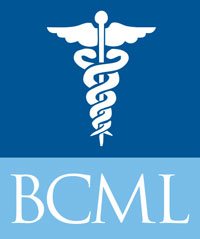






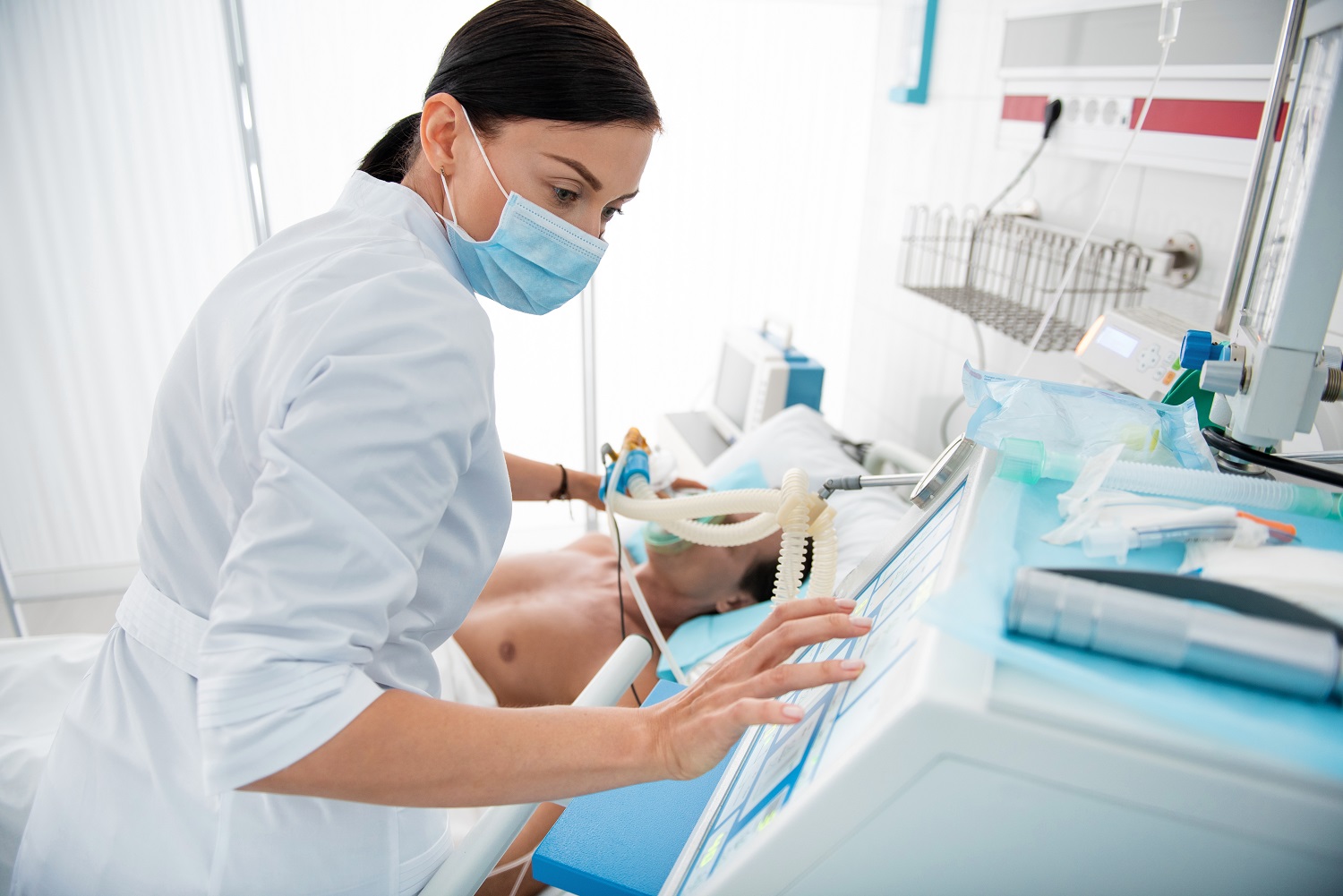
 Mild to Moderate
Mild to Moderate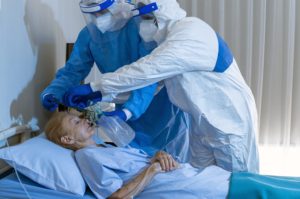 Currently, it is believed that symptoms will appear between
Currently, it is believed that symptoms will appear between  Pneumonia is an inflammation in the lungs that can cause a build-up of fluid that will make it hard to breathe, cause chest pain, cough, and fever. It can be caused by bacteria, fungi or viruses. Since the COVID-19 pneumonia is caused by a virus and not a bacteria, antibiotics are not effective.
Pneumonia is an inflammation in the lungs that can cause a build-up of fluid that will make it hard to breathe, cause chest pain, cough, and fever. It can be caused by bacteria, fungi or viruses. Since the COVID-19 pneumonia is caused by a virus and not a bacteria, antibiotics are not effective.  Sedatives are typically used to make this process more comfortable and to help the patient rest. With support from the ventilator, patients have a better chance of recovering. Their lungs are literally given breathing room so that they can begin to heal.
Sedatives are typically used to make this process more comfortable and to help the patient rest. With support from the ventilator, patients have a better chance of recovering. Their lungs are literally given breathing room so that they can begin to heal. 
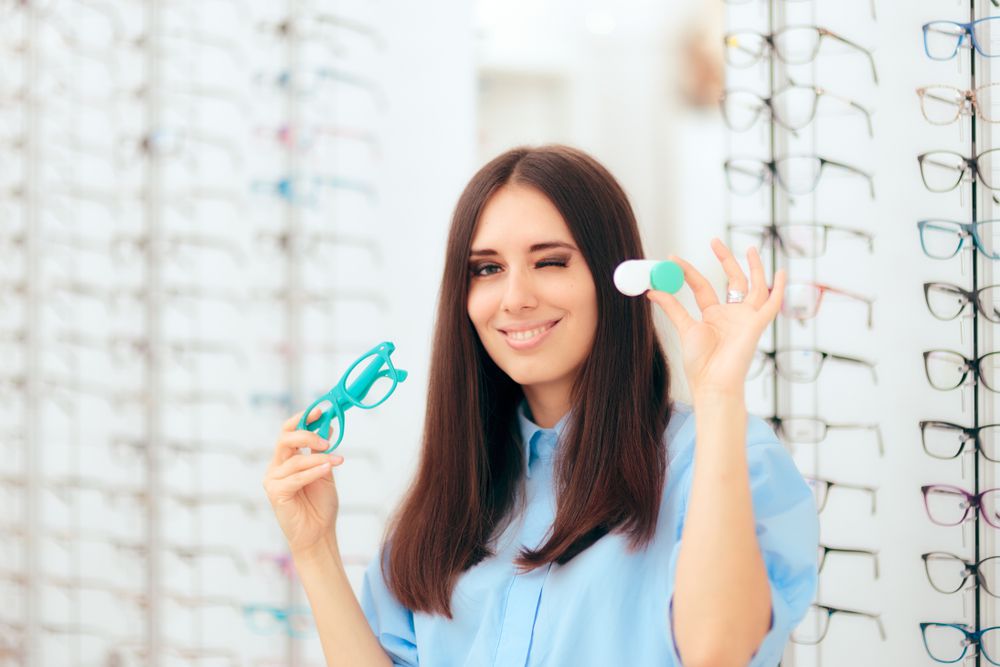
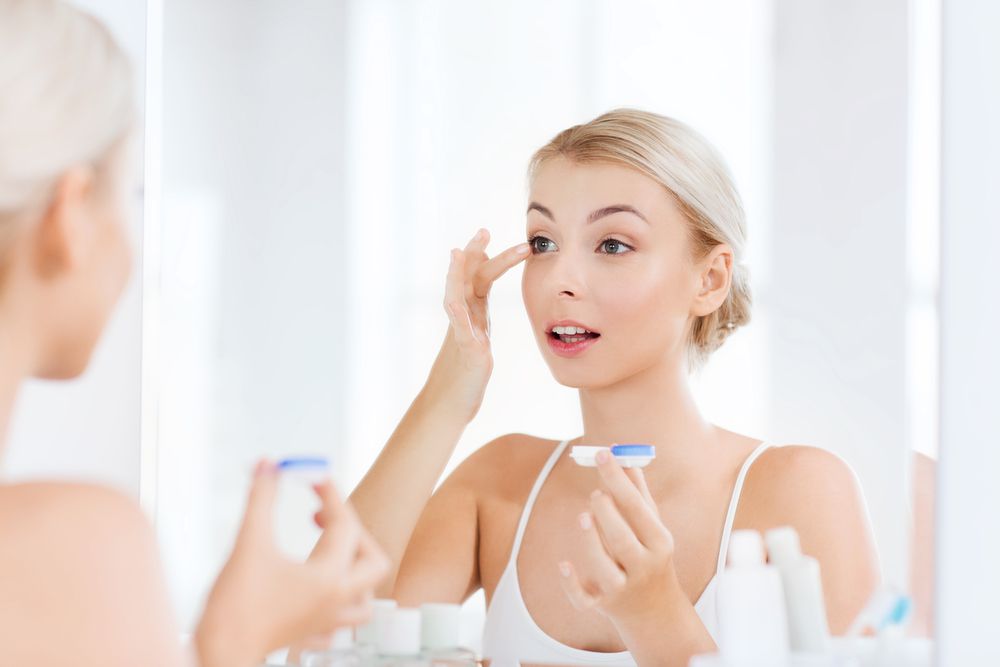
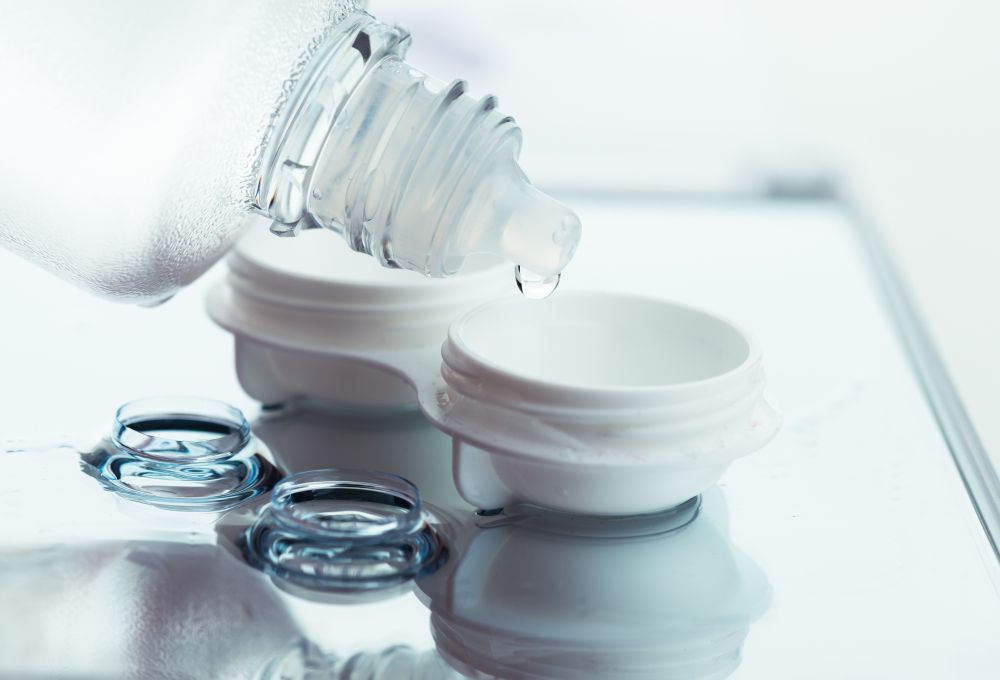
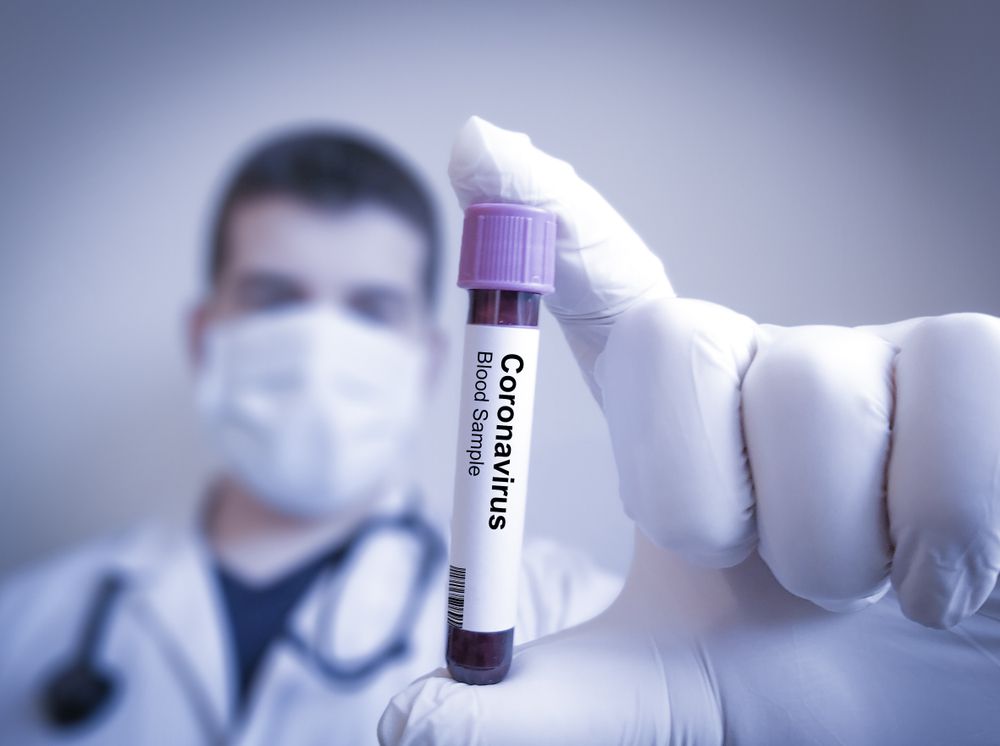
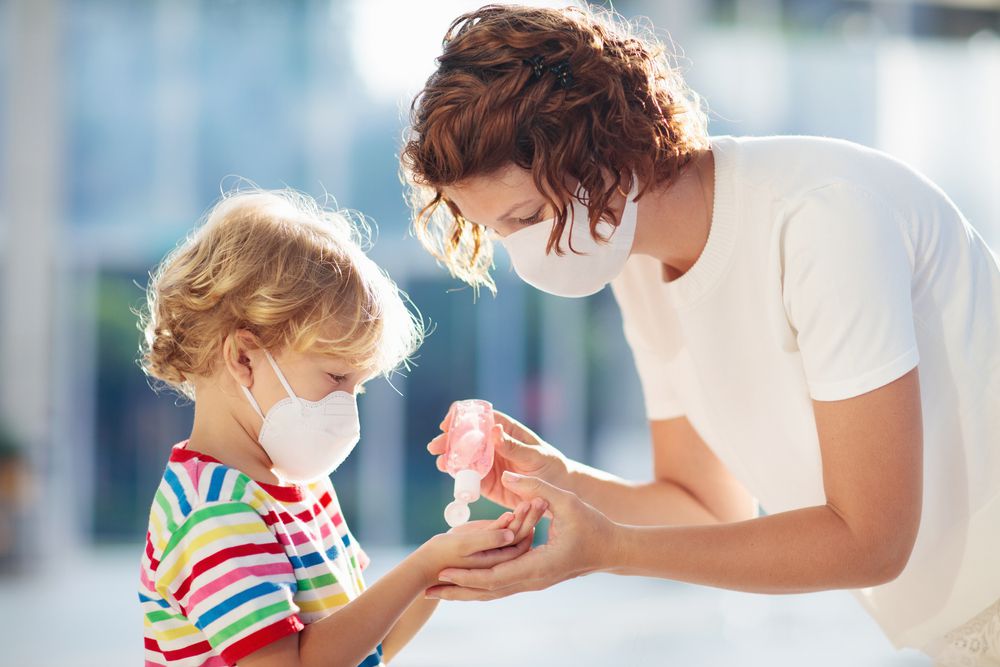
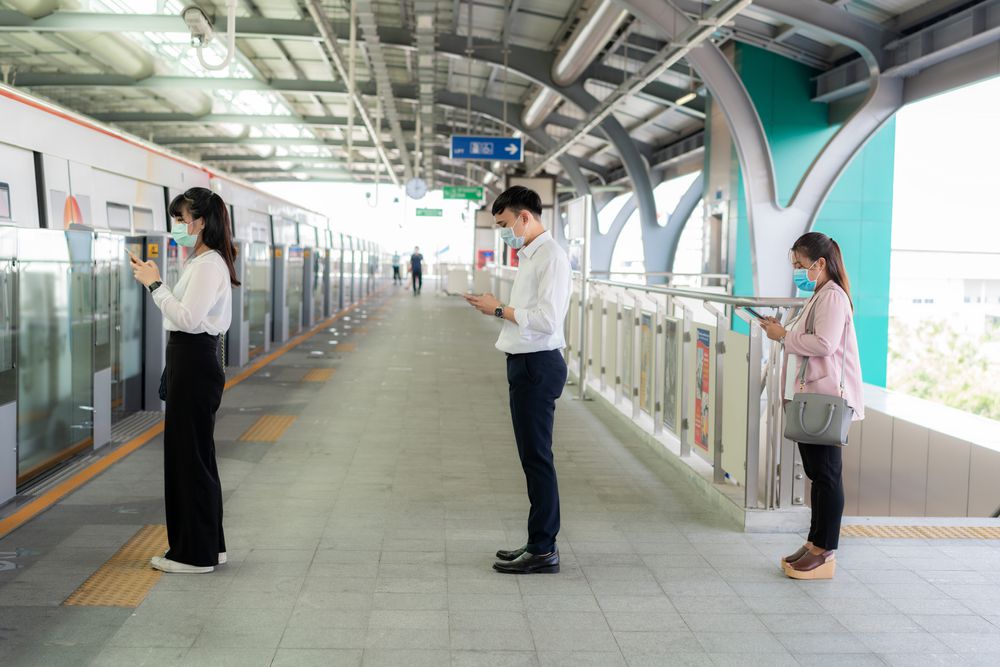
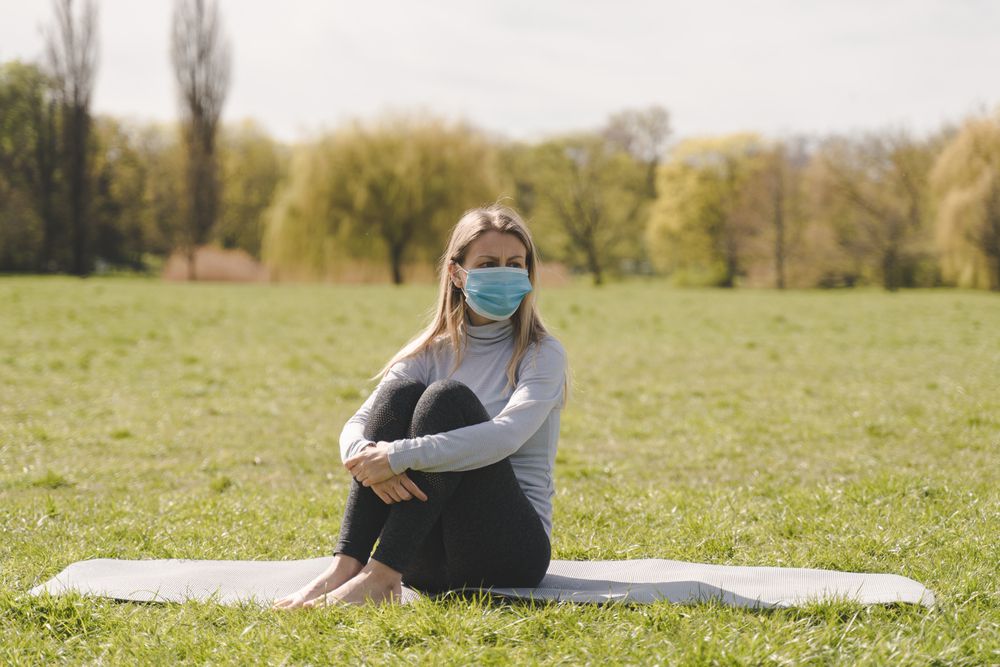
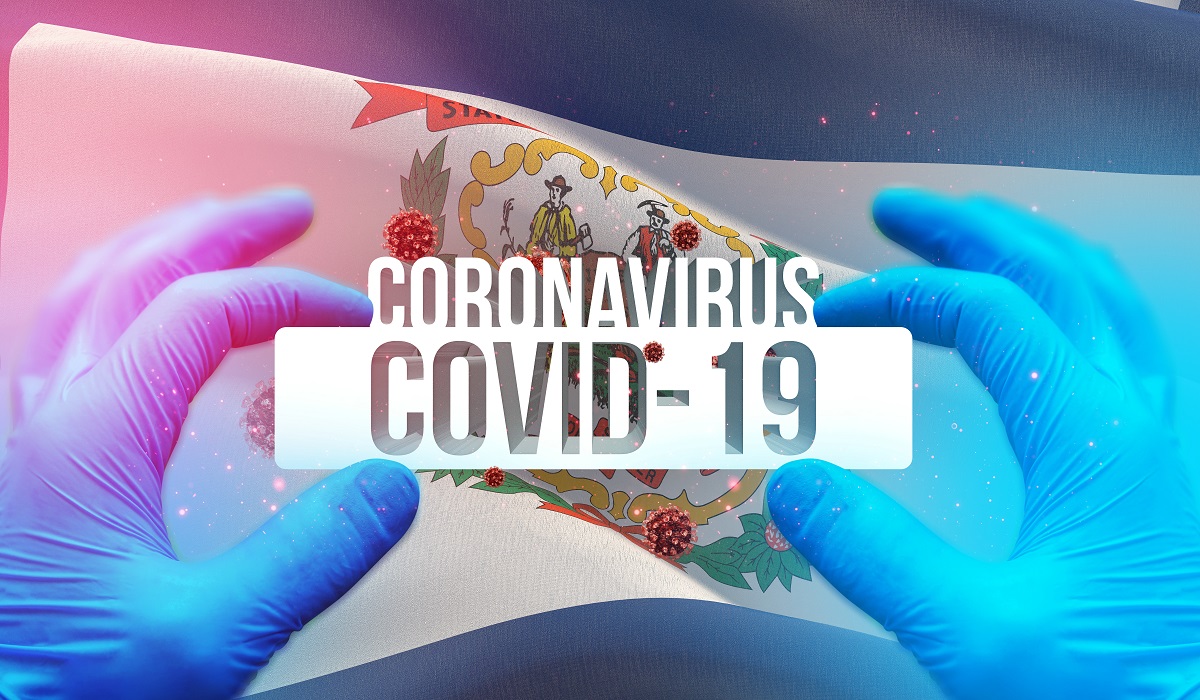
 Is every sniffle or cough causing you to panic thinking you might have Covid-19? If so, you are not alone. Thousands of Canadians have been searching Google for information on coronavirus symptoms since the first case was reported earlier this year. While the virus is a real threat and should be taken seriously, taking precautions and being informed can help keep you calm and safe. Here, we’ll discuss coronavirus symptoms, when to see a doctor, and top tips for staying healthy.
Is every sniffle or cough causing you to panic thinking you might have Covid-19? If so, you are not alone. Thousands of Canadians have been searching Google for information on coronavirus symptoms since the first case was reported earlier this year. While the virus is a real threat and should be taken seriously, taking precautions and being informed can help keep you calm and safe. Here, we’ll discuss coronavirus symptoms, when to see a doctor, and top tips for staying healthy. 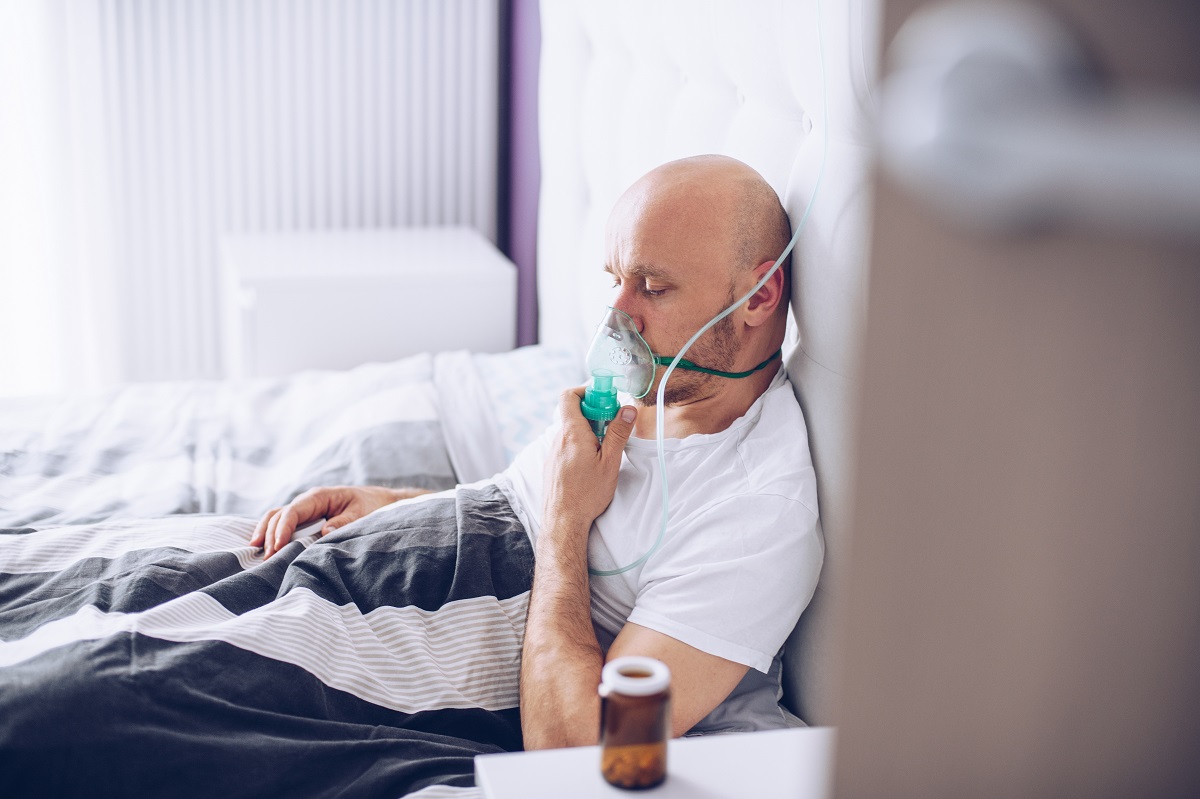
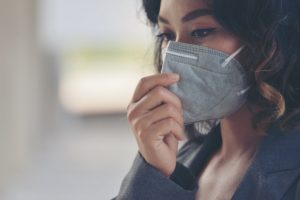 Navigating the world during the age of Covid-19 can be overwhelming. One of the ways many of us are coping and staying safe is by stocking up on our favourite foods and staying home as much as possible.
Navigating the world during the age of Covid-19 can be overwhelming. One of the ways many of us are coping and staying safe is by stocking up on our favourite foods and staying home as much as possible. 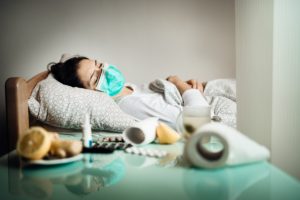 Currently, the only way to confirm that you have Covid-19 versus the flu or any other illness is by a swab test. However, for mild cases, it is more important to do what you can to treat your symptoms at home.
Currently, the only way to confirm that you have Covid-19 versus the flu or any other illness is by a swab test. However, for mild cases, it is more important to do what you can to treat your symptoms at home.  With social distancing being our best tool in fighting the spread of Covid-19, over-the-phone doctor consultations can get you the help you need without leaving the house.
With social distancing being our best tool in fighting the spread of Covid-19, over-the-phone doctor consultations can get you the help you need without leaving the house.